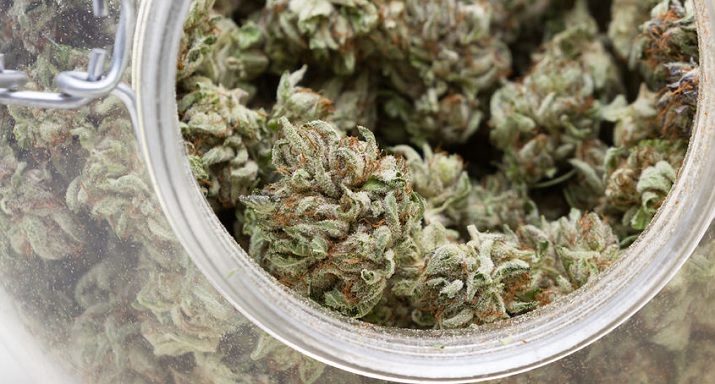
Retail and wholesale prices of marijuana in Oregon are tumbling as more producers and recreational marijuana shops enter the industry.
“The biggest thing is just competition,” said Josh Lehner of the Oregon Office of Economic Analysis to The Register-Guard. “As we get more stores, as we get more growers, (as we get) more processors, it becomes a price competition. Prices start to fall, particularly when supply is outpacing demand or supply is ramping up faster than demand is growing.”
Retail marijuana prices have been seen as low as $2 per gram, or less if customers purchase larger quantities; for example, an ounce might be advertised for $50, or $1.78 a gram.
Lehner determined that the average retail price for recreational marijuana in Oregon in late 2017 was just under $7 per gram, a decrease from $10 just a few months prior.
Marijuana prices in Oregon have decreased by 20% annually according to Lehner, and he expects them to continue dropping.
As prices decline, marijuana stores compete to offer customers the best deals, according Greg Adrianse, the owner of New Millennium. Adrianse said, “Everybody wants to get those customers in, and if the customers can get a better deal elsewhere, they are going to go there.”
Prices advertised online by marijuana shops in both Eugene and Springfield significantly vary, with differences in potency, quality and strain availability likely contributing to the sale price.
Lehner said, “We’re seeing increased competition for the consumer dollar. We’re seeing more stores, more retail outlets, so the availability of marijuana for recreational users continues to increase, and prices are coming down.”
Adrianse, having experience in both Colorado’s and Washington’s marijuana markets, said the root of Oregon’s declining pot prices is the significant increase in growers. He said, “There is too much (marijuana) flower and not enough consumer.”
Statewide, the Oregon Liquor Control Commission indicates there are 1,114 recreational marijuana producer applications pending and 906 currently active. In Lane County, the OLCC shows 120 producer applications pending and 122 are active.
Adrianse said, “It’s a race to the bottom pretty much to see who can sell their stuff the cheapest.”
 ONLY 420 | Cannabis Culture Everything 420
ONLY 420 | Cannabis Culture Everything 420






